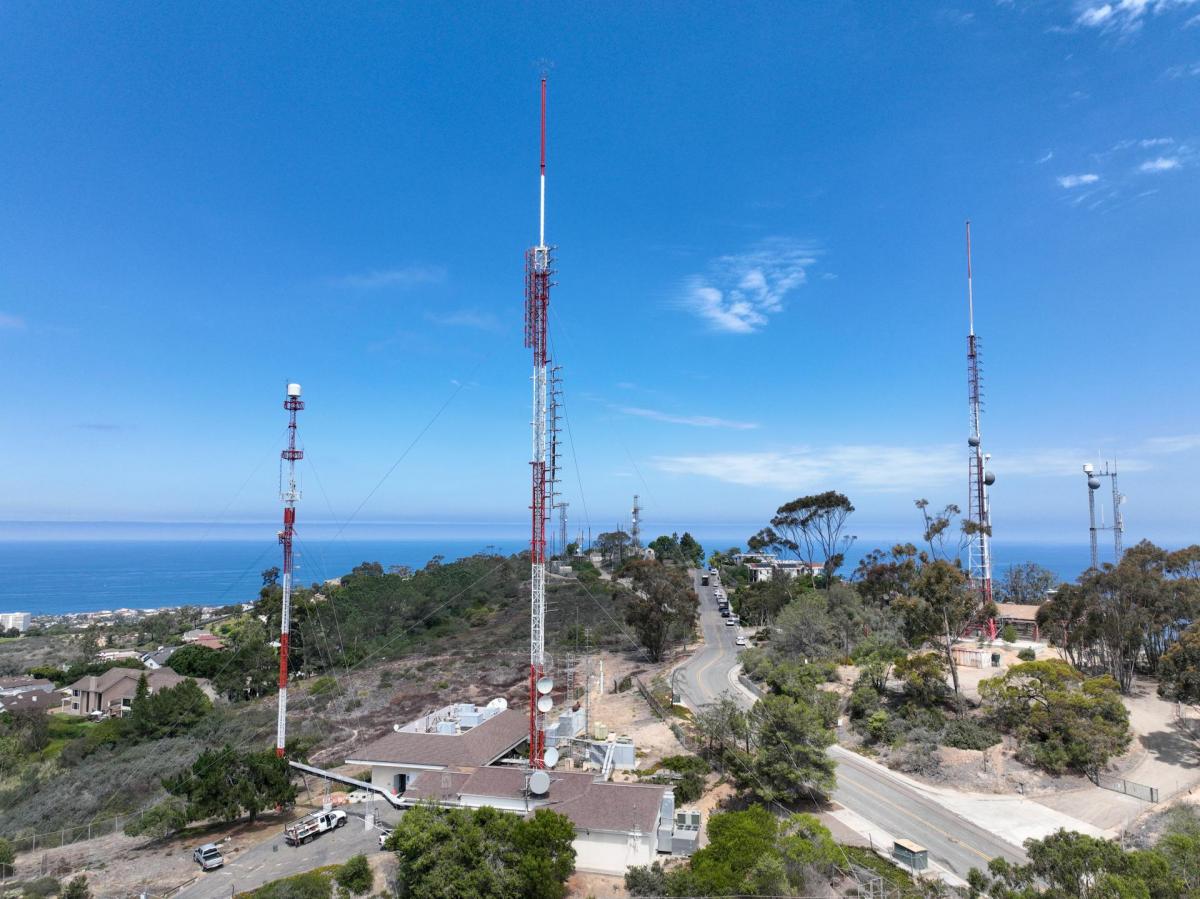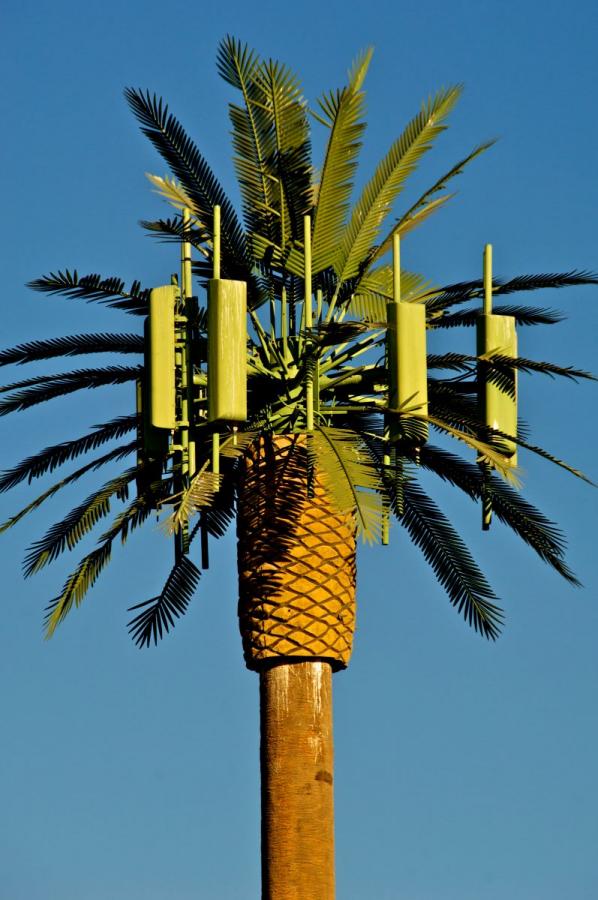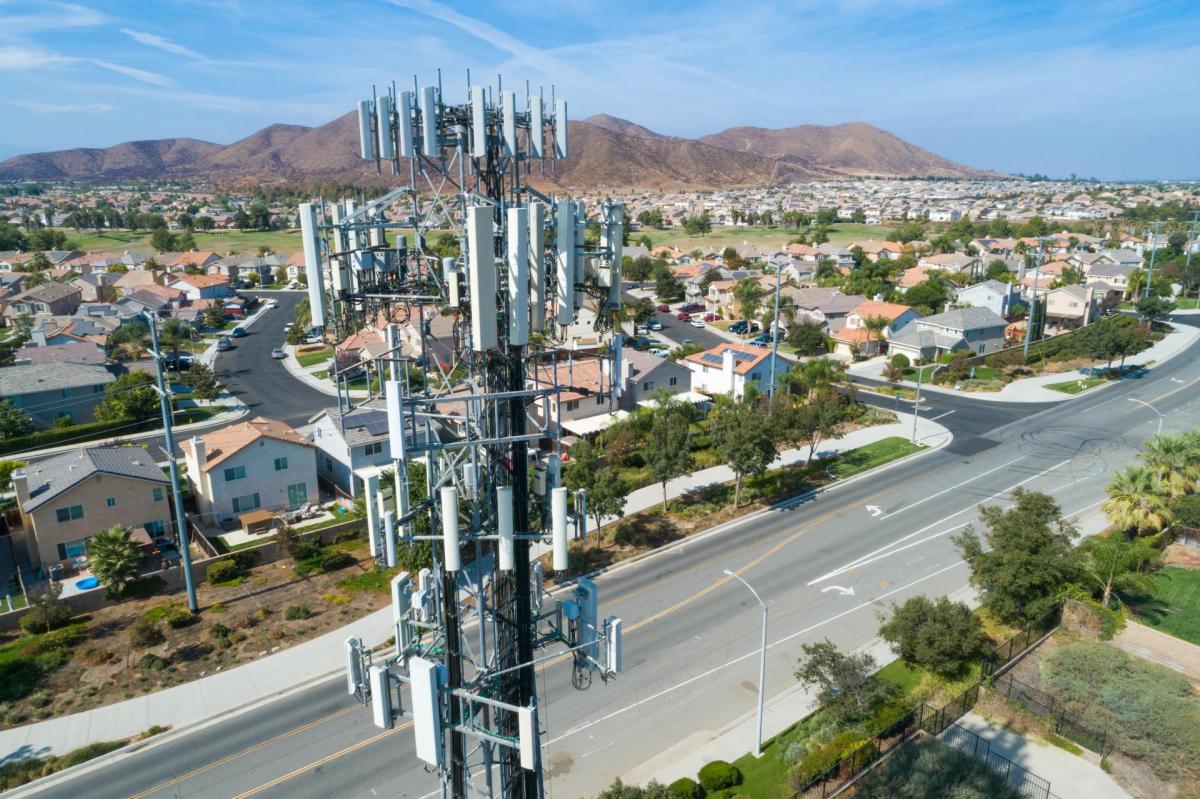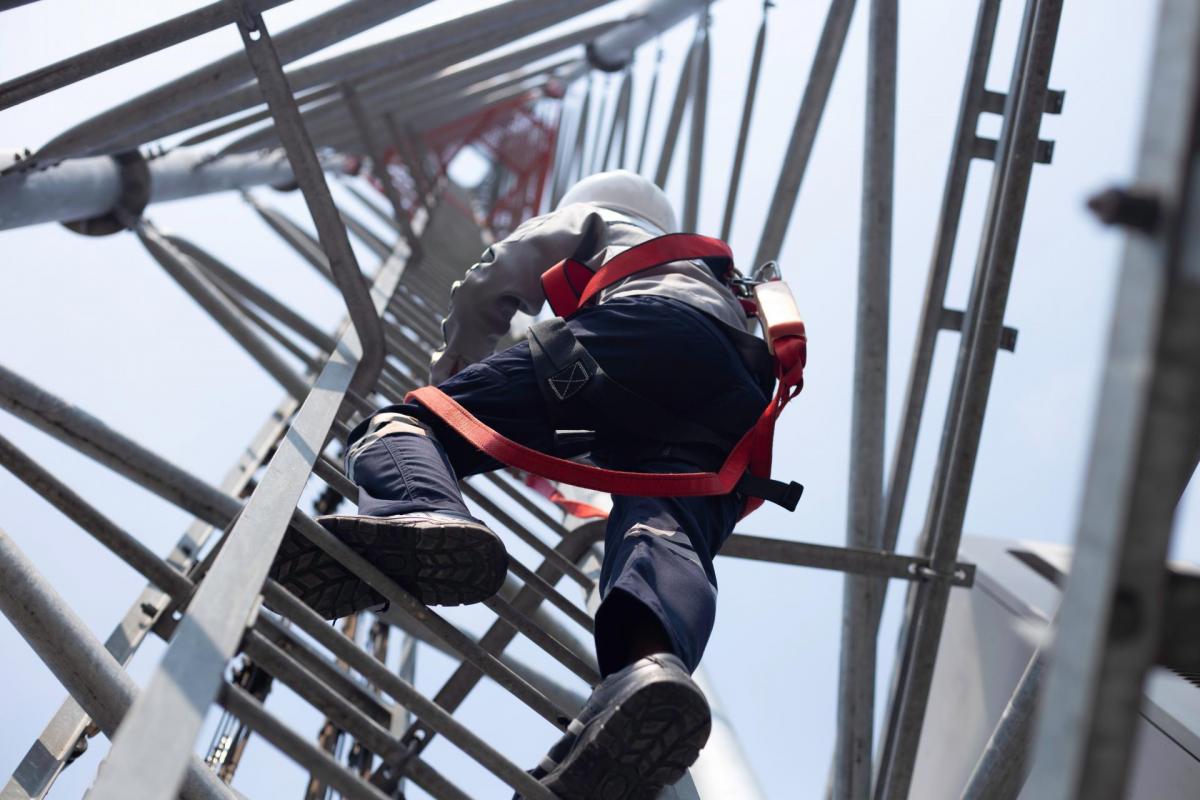Is your city ready to regulate 5G wireless infrastructure? Think again
Gail A. Karish is a partner at Best Best & Krieger who advises local governments on telecommunication. She can be reached at gail.karish@bbklaw.com.
In 2018, the U.S. Federal Communications Commission (FCC) placed stringent limits on local regulations that control the placement of small wireless facilities through an order commonly known as the “Small Cell Order.” The order was a way to streamline the deployment of 5G wireless networks nationwide, but the rules apply to all small cells, not just 5G technology.
In response, many cities adopted new regulations to bring their local processes and standards into compliance. Even if your city took action early on, it could be at risk due to recent changes in the law.
5G is not only about small cells — lower powered antennas and equipment typically installed on light poles and utility poles that serve a limited area. Adding new antennas and equipment to existing sites, such as cell towers or on building rooftops, and installing new macro towers that serve larger areas, are also part of the 5G infrastructure rollout.
Cities that have not updated wireless regulations in their land use codes for years are at heightened risk of litigation and draconian deemed granted remedies. Why? Because in addition to the Small Cell Order, a mix of new state and federal laws and other FCC regulations favor the streamlined deployment of all types of wireless facilities.
Court rulings and other developments makes this an opportune time to review regulations
Since 2018, many cities have taken several steps to come into compliance with the FCC’s Small Cell order. This typically has included:
- Adopting a new ordinance or amendments specifically to regulate the placement of small cell facilities in the public rights-of-way.
- Adopting aesthetic standards for small cell facilities that meet the FCC’s requirements to be “(1) reasonable, (2) no more burdensome than those applied to other types of infrastructure deployments, and (3) objective and published in advance.” (These requirements were partially overturned by the U.S. Court of Appeals for the Ninth Circuit.)
- Streamlining review processes to meet the short 60-day and 90-day shot clocks for final action on small cell applications.
- Updating cost-based fee schedules or adopting FCC “safe harbor” amounts for application fees.
- Developing template master license agreements to allow industry to place small cells on city-owned light poles or other poles in the public rights-of-way at FCC “safe harbor” rental rates.
- Updating small cell application materials and permit conditions.
Even if your city has not yet taken these steps, it is not too late — and is advisable — to consider them. One good reason to review or adopt new regulations: The Ninth Circuit overturned some of the original FCC restrictions on local aesthetic regulations in 2021. Specifically, cities are no longer required to have aesthetic standards that are objective and no more burdensome than those applied to other types of infrastructure deployments.
However, these standards still must be “reasonable” and published in advance. From the FCC’s perspective, reasonable aesthetic standards are those that are “technically feasible and reasonably directed to avoiding or remedying the intangible public harm of unsightly or out-of-character deployments.”
Another bit of good news for California cities: They do not have any major state-level small cell legislation to contend with. Two industry-backed small cell bills have been vetoed, the most recent being SB 556 in 2021 by Gov. Gavin Newsom. Previously, Gov. Jerry Brown vetoed SB 649 in 2017.
Many communities focused only on small cells in the public right-of-way in their wireless updates — and with good reason. That was usually the area with the most pressing need for regulation. Moreover, the update process could be contentious, restrained by federal law, and caught between the competing demands of an industry anxious to be the first to market and residents worried about the widespread deployment of small cells in their neighborhoods.
As a result, there may be little appetite to tackle updating wireless regulations in land use codes, however outdated they may be. But continuing to defer these needed land use updates poses its own significant risks as the 5G deployments continue.
Shot clocks and deemed granted remedies
One of the biggest risks are FCC shot clocks, timelines established by the FCC for local final action on wireless applications. There are five shot clocks in total, which range from 60 days to 150 days depending on the application type. The FCC also adopted detailed rules on how the shot clocks start and stop. Older land use codes typically do not have wireless permitting procedures that allow a local government to take final action on an application, including appeals, within these compressed shot clock timelines.
Cities that ignore the shot clocks do so at their peril. If the wireless facility applicant believes — rightly or wrongly — that a city missed the applicable shot clock on its application, they can invoke their “deemed granted” remedy. If not challenged, it means the wireless application is approved by operation of law.
Some applicants have invoked their deemed granted remedy even after the city acted to deny their application in an attempt to convert the city’s denial (which must be issued in writing) into a deemed approval solely on procedural technicalities.
Indeed, there is now a “deemed granted” remedy available in California for all five shot clocks. State law covers four and the fifth shot clock has a deemed granted remedy under FCC regulations applicable to certain wireless facilities modifications commonly referred to as “eligible facilities requests.” The deemed granted remedy available under Government Code Section 65964.1 puts the burden on local governments to respond to deemed granted notices, including seeking judicial review within 30 days of receipt. Originally enacted in 2015, the scope of this state law remedy was expanded effective Jan. 1, 2022, to include shot clocks when deciding small cell applications.
Understanding these shot clock rules and having application procedures that can be completed in compliance with the applicable FCC shot clock is more important than ever. Doing so protects the community from deemed granted claims, which can result in undesirable facilities, costly litigation, or both.
Eligible facilities requests and deemed granted remedies
Another important reason to update land use codes is so that a city has the appropriate rules to address “eligible facilities requests” in a timely manner. This is a category of ministerial applications for modifications or additions to existing wireless facilities (towers or base stations).
As part of the 5G infrastructure rollout, wireless carriers are upgrading antennas and equipment at existing sites and expanding sites to add new antennas and equipment. Eligible facilities requests are therefore increasingly common. Federal law and FCC regulations establish a 60-day shot clock for action on these applications and the detailed criteria to evaluate them. If an applicant meets the criteria, the local government “may not deny, and shall approve” the application.
While the evaluation criteria for eligible facilities requests were first established by the FCC in 2014, many jurisdictions have not updated their processes to handle this type of application. As a result, they do not have the administrative process needed to act quickly. Many are also unaware that if the applicant does not meet the criteria, the shot clock for the correct type of request commences upon denial. Even if a city has adequate procedures, some updates to regulations may still be needed. In 2020, the FCC issued a pair of orders changing some of the eligible facilities request rules and adopted interpretations of others that are favorable to the industry.
Also at play is AB 2421 (Quirk, 2020), a temporary state law in effect until the end of 2023. The law created a ministerial approval requirement for qualifying backup generators at macro cell sites with a 60-day shot clock for action and a deemed approved remedy.
Updating these regulations may be time-consuming or costly, but it is important nonetheless. 5G is not only about small cells; recent changes in the law could create risks for local governments with outdated regulations. The key to exercising your city’s full authority over 5G wireless deployments and avoiding unwanted deemed granted remedies is to ensure all wireless regulations are up to date.




